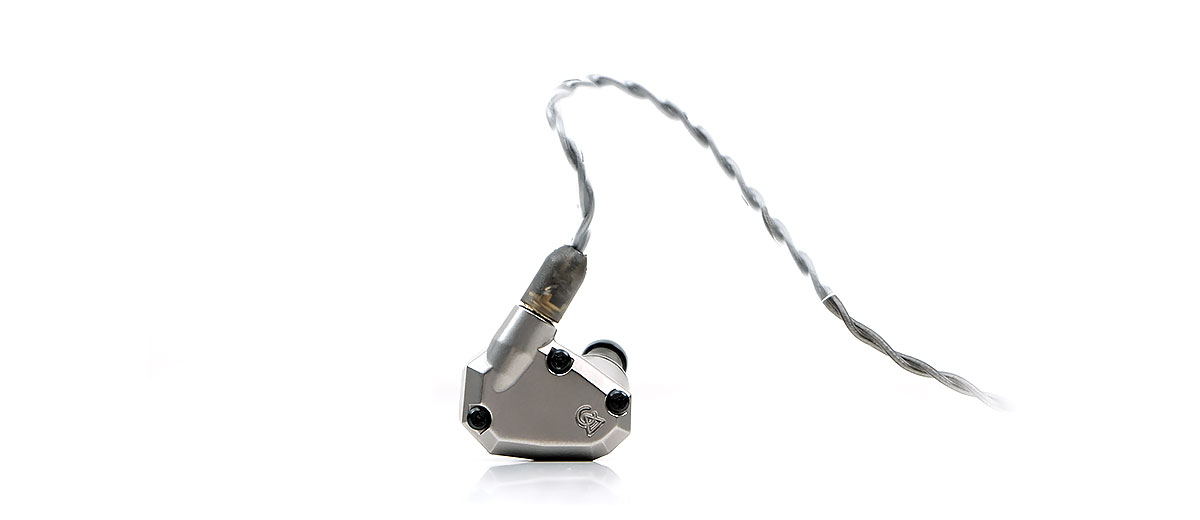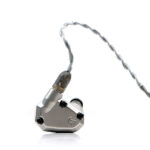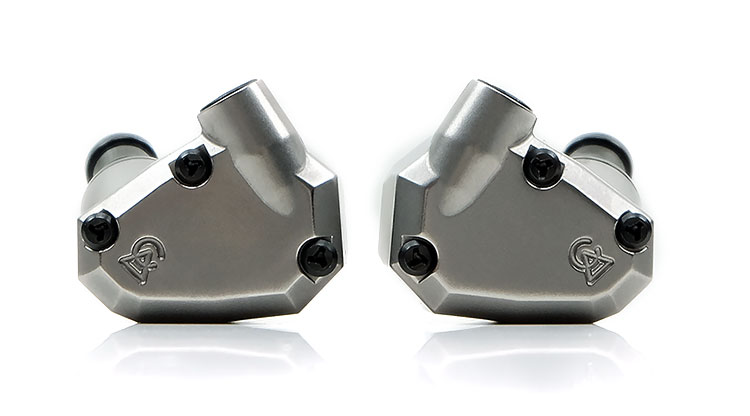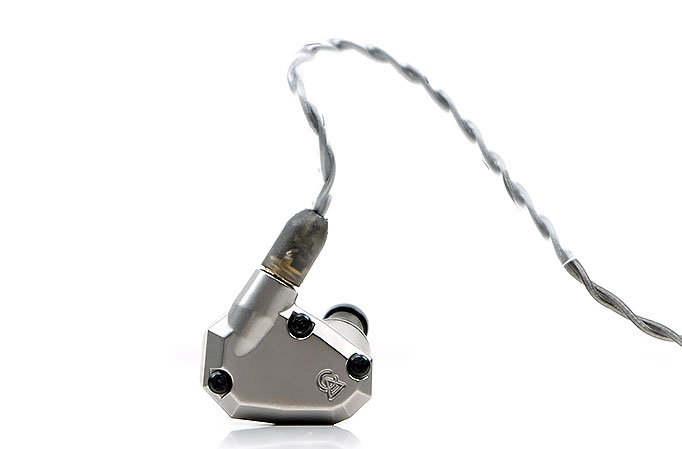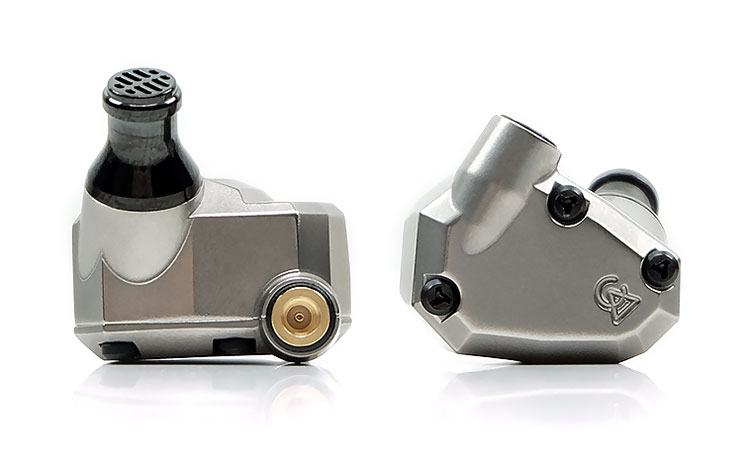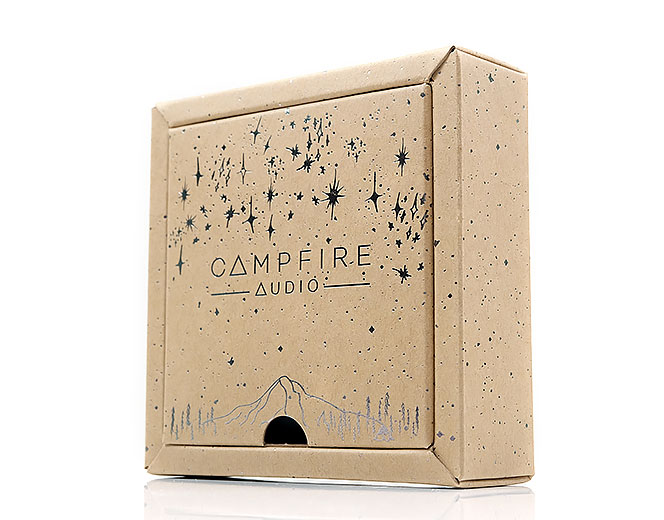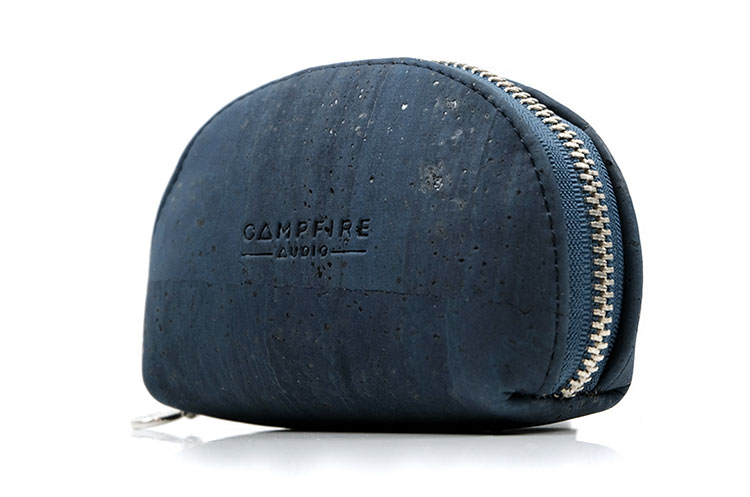We review the Campfire Audio Ara, which is a new 7 BA IEM featuring Solid-Body internals, T.A.E.C, and a 3D optimized acoustical design. It is priced at $1299.
Disclaimer: This sample unit was sent to me in exchange for our honest opinion. Headfonics is an independent website with no affiliate links or services. I thank the team at Campfire Audio for their support.
To read more about Campfire Audio products we have assessed on Headfonics click here.
Note, this review follows our current scoring guidelines which you can read up on here.
A few weeks ago Campfire Audio embarked on what now seems to be a customary annual refresh. Last year we had the Polaris 2 and the IO and on the custom side the Equinox. This year we have 3 higher-end model releases, the Solaris and Andromeda 2020 Editions, as well as the Ara.
Of these three, it is Ara which is an entirely new concept and the one we thought best to start the new review process with. For those following the CA timeline, the Ara sits closer to the likes of the Andromeda/IO side of the creative Campfire Audio house as opposed to the Solaris/Polaris lineage.
It is also priced a little higher than the Andromeda, (though lower than the Solaris) at $1299, making it the top dog in this ‘faux grouping’.
Tech Inside
New Configuration
Like the Andromeda, the Ara is an all-BA universal monitor. However, in the words of the great Nigel Tufnel, this one goes to ’11’ with 2 more drivers, 7, as opposed to 5 inside the Andromeda.
Of course, we have long since moved on from the “more is better” driver count principle and manufacturers are increasingly adding their unique touch. Campfire Audio has been doing that since their Jupiter model with ‘crossover-less’ tubeless designs very much at the heart of their IEM engineering.
Ara continues that approach with a T.A.E.C. configuration of 2 for the highs, one balanced armature for the mids, and four for the lows. That single BA for the mids replicates a lot of what they did with the Solaris SE single BA, a driver I did prefer to the one they used in the original Solaris.
Solid-Body Design
Campfire Audio has also further developed its monitor internal acoustical chamber designs with the Ara.
This time around they retain that the 3D printing approach first developed in their custom monitor process and further expanded into what they now call a Solid-Body (patent-pending) internal chamber design. This means the tuning chambers are directly printed into the final earphone print.
3D Optimized
By using a Solid-Body design and combining it with an optimized 3D construction, CA believes they can better control the final output to match their design objectives.
In the case of the Solaris SE, it was staging and vocal performance. In the case of the Ara, they went instead for a high-fidelity or more reference-type sound.
The 4-driver bass output in this instance has been controlled to provide space for the mids and highs to shine rather than let rip with a low-end slam. That makes sense since the Solaris already does that and retails for just $200 more.
Design
Try as they might, Campfire Audio does keep on coming back to its core design that first saw the light of day on Jupiter and Andromeda some years ago. However, like a jilted first love that comes back into your life, it somehow looks better each time. The Ara is that and then some.
This is the company’s classic hexagonal-edged 3-piece aesthetic but this time, instead of anodized CNC aluminum, we have a solid-looking machined titanium shell and 3 black Torx screws adorning the faceplate.
CA’s logos, as always, are etched into the corner of the faceplate, but at a more appropriate angle than the original Andromeda shell’s positioning.
The lighting on the pics perhaps makes this look a little silvery but in normal lighting conditions it is closer to a gun-metal coloration and honestly, it does look the business.
The actual finish is a raw cut from a Grade 2 Titanium billet which means, like ALO Audio’s nickel finish on the portable RX amp, it should, (or should) develop a nice ‘retro’ look over time.
I have to also note the refinement of the edging process feels a little smoother on the Ara than the original cornering on the Andromeda. Combine that with longer black plastic nozzles inspired by Atlas et al and the original fitting concerns should be a thing of the past.
Cables & Connectors
It does not get mentioned as much as it used to but it is nevertheless still an important feature and that is the use of Beryllium/Copper MMCX Connections.
Typical brass MMCX connectors have a much shorter life span and if you are into cable rolling or taking them off for storage that is a lot of snap on and off’s you will do over some time. It is one of the benefits when people speak about 2-pin over MMCX, that life span.
The Ara Beryllium/Copper MMCX terminations are also the new round-shaped gen 2 version which means they are a lot easier to detach, look better, and should last a lot longer than the older brass variants.
Stock Cable
I would have loved to have seen that SuperLitz cable from the Solaris at the end of the Ara. It is an SPC stock cable I respect for its gutsy level of dynamic range and double the strand count over the stock cable that has been included with the Ara.
The 1.32m CA Litz cable is ok in my book, at least in terms of handling and microphonics which is exceptionally low. This is the same cable they have included in the custom Solstice with a 4-wire SPC Litz geometry and a smoked twisted jacket finish.
The splitter is a low-profile black aluminum barrel with a matching chin cinch that articulates quite easily and stays in place. This particular termination is a right angle 3.5mm gold-plated 3.5mm TRS jack in a very durable high-density rubber enclosure.
It also has some memory wire but it is the lighter springy type rather than the stiffer memory retention variety which I prefer. Overall, the stock cable will give you a smooth sound and typical of SPC cables a bit more high-frequency presence and sparkle.
Comfort & Isolation
The Ara’s are a little heavier than the Andromeda but much lighter and more compact than the original Solaris and Solaris SE. I assume that the additional BA driver and solid titanium shell are largely responsible for what is a relatively minor difference.
The major difference is the length of the nozzle and something Campfire has been working with previous iterations of this design in the Polaris 2, IO, and the new Andromeda 2020. I
t is much longer now than the original form factor and that does help a lot in terms of comfort by pushing the cornering of the shells away from potential contact with your ear.
My own experience of the Ara is a positive one. Using the supplied foam tips it is quite steady in the ear though I preferred the Final E tip by a small margin for isolation and overall comfort.
Tips
You get 3 different types of tips with the Ara and it is the same lineup as the Solaris. That means Final E, the foams or ‘Foam Earphone tips’, and black silicone tips.
Both the in-house foam and silicone come in small, medium, and large whereas the Final E comes in a wider range including extra small and extra-large.
The Final E tips will produce a slightly cleaner higher contrast sound with a bit more ‘bounce’ in the bass and an airier treble. It is quite addictive at times, especially with modern pop and dance.
The foams will calm it down a bit more and inject some additional warmth into the Ara timbre but also quiet down the treble response compared to the Final E tips.
The foams do not sound quite as engaging or dynamic and it may well have to do with their slightly longer stem pushing the tip of the nozzle further away from your eardrum. The Final E tips slide a bit further down bringing the Ara nozzle bores that bit closer which works well for my preferences.
Packaging & Accessories
The Ara continues the new and larger packaging styling CA has been using since launching the IO, and Polaris 2. Gone are the little logistic budget-friendly boxes from the previous range (not including the Solaris) and a more intricate and bigger display box.
The theme is back to a classic faded tan look with the customary collage of colors and the Ara itself on the front label.
The mechanics of the unboxing are more like a little petal-type paper fold on the base of the box. This, in turn, allows you to peel off the outer box cover to reveal a flip-top tan-colored container adorned with the more traditional Campfire Audio branding.
Accessories
Flip the box lid and inside you have the accessories inside a similarly colored cardboard tube and an all-new cork material carry-case inside of which you will find the Ara and the SPC Litz cable. As always with Campfire, the accessory line-up is just beautiful as well as plentiful.
The full lineup of accessories closely matches the IO and is as follows:
- Final e-tips (xs/s/m/l/xl)
- Foam Marshmallow tips S/M/L
- Silicone single-bore tips S/M/L
- 3 x cushioned pockets (for the monitors and foam tips)
- Cleaning brush/pick
- New cork carry case
- SPC Litz cable
- Campfire Audio pin badge
Cork Carry Case
The beautiful new Portuguese-made case is similar in shape to the IO and Polaris case which is a purse-type metropolitan design with slightly softer side support compared to the older more rigid square casing they used on all previous models. The inside is finished with the same cool charcoal faux wool furry lining from the older generation.
The materials, however, are quite different with the use of new premium cork materials sourced from a Cork Suberus L tree that is harvested only once every 9 years for sustainability reasons.
It creates an entirely new aesthetic to the older leather styling but is still very unique. The actual feel is quite smooth in your hand with the distinctive worn look adding only a tiny amount of grainy texture to the material.
The new case does seem smaller than the older cases but it also has an expansive property to its design so you can stuff plenty in there and zip it shut.
Just watch out that you do not catch the cable in the zipper as you close it. One final observation is the zipper itself The CA pendant seems smaller and lighter now with an all-silver finish as opposed to silver and black.
Click on page 2 below for my sound impressions and recommended pairings.

